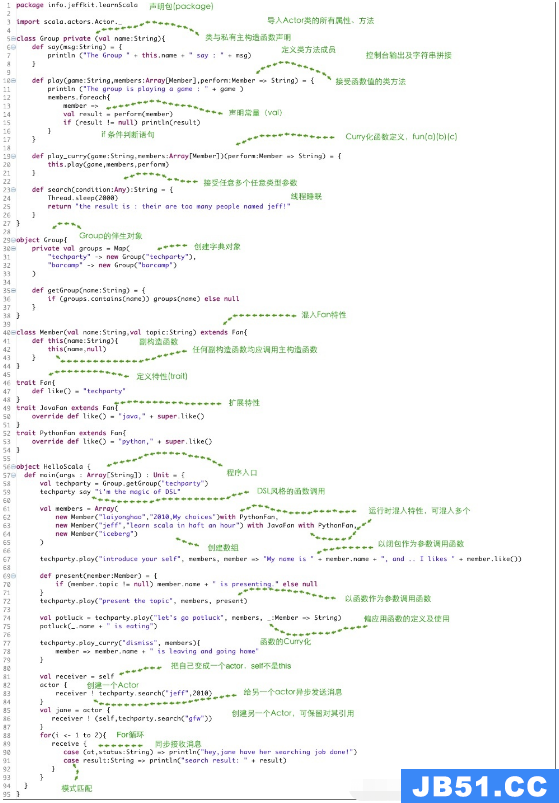我试图找出一种方法,在语句之前和之后具有异步,其中下一个测试用例直到测试用例内部的操作完成才运行.就我而言,它是在数据库中创建和删除表
val table = TableQuery[BlockHeaderTable]
val dbConfig: DatabaseConfig[PostgresDriver] = DatabaseConfig.forConfig("databaseUrl")
val database: Database = dbConfig.db
before {
//Awaits need to be used to make sure this is fully executed before the next test case starts
//TODO: Figure out a way to make this asynchronous
Await.result(database.run(table.schema.create),10.seconds)
}
"BlockHeaderDAO" must "store a blockheader in the database,then read it from the database" in {
//...
}
it must "delete a block header in the database" in {
//...
}
after {
//Awaits need to be used to make sure this is fully executed before the next test case starts
//TODO: Figure out a way to make this asynchronous
Await.result(database.run(table.schema.drop),10.seconds)
}
有没有一种简单的方法可以删除我之前和之后函数中的这些Await调用?
解决方法
以下是Dennis Vriend在其
slick-3.2.0-test项目中采用的测试方法.
首先,定义dropCreateSchema方法.此方法尝试创建表;如果该尝试失败(例如,因为该表已经存在),它将删除,然后创建表:
def dropCreateSchema: Future[Unit] = {
val schema = BlockHeaderTable.schema
db.run(schema.create)
.recoverWith {
case t: Throwable =>
db.run(DBIO.seq(schema.drop,schema.create))
}
}
其次,定义一个createEntries方法,该方法使用一些示例数据填充表,以便在每个测试用例中使用:
def createEntries: Future[Unit] = {
val setup = DBIO.seq(
// insert some rows
BlockHeaderTable ++= Seq(
BlockHeaderTableRow(/* ... */),// ...
)
).transactionally
db.run(setup)
}
第三,定义一个初始化方法,按顺序调用上述两个方法:
def initialize: Future[Unit] = for {
_ <- dropCreateSchema
_ <- createEntries
} yield ()
在测试类中,混合ScalaFutures特征.例如:
class TestSpec extends FlatSpec
with Matchers
with ScalaFutures
with BeforeAndAfterAll
with BeforeAndAfterEach {
// ...
}
同样在测试类中,定义从Future到Try的隐式转换,并覆盖beforeEach方法以调用initialize:
implicit val timeout: Timeout = 10.seconds
implicit class PimpedFuture[T](self: Future[T]) {
def toTry: Try[T] = Try(self.futureValue)
}
override protected def beforeEach(): Unit = {
blockHeaderRepo.initialize // in this example,initialize is defined in a repo class
.toTry recover {
case t: Throwable =>
log.error("Could not initialize the database",t)
} should be a 'success
}
override protected def afterAll(): Unit = {
db.close()
}
有了上述部分,就没有必要等待.

 共收录Twitter的14款开源软件,第1页Twitter的Emoji表情 Tw...
共收录Twitter的14款开源软件,第1页Twitter的Emoji表情 Tw... 本篇内容主要讲解“Scala怎么使用”,感兴趣的朋友不妨来看看...
本篇内容主要讲解“Scala怎么使用”,感兴趣的朋友不妨来看看...